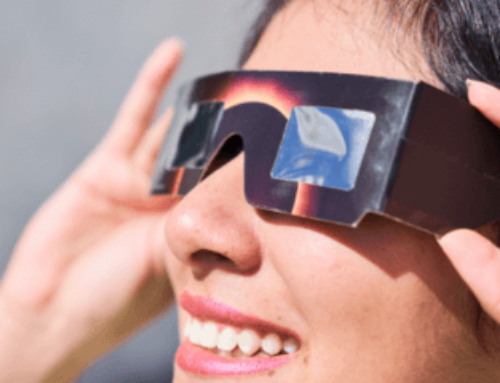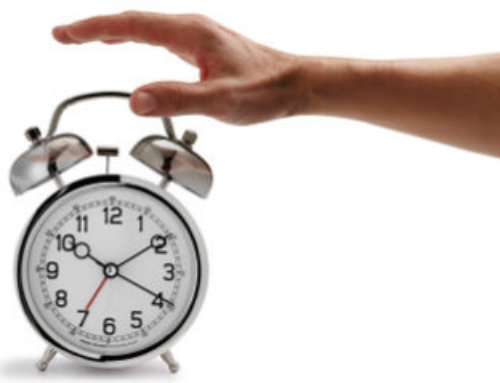DARIEN, IL – A new study found a six-fnew increase in the age-adjusted prevalence of any sleep disorder diagnosis over an 11-year period among U.S. veterans. The largest increases were identified in patients with post-traumatic stress disorder (PTSD), other mental disorders, or combat experience. Results also show that the prevalence of PTSD tripled during the study period.
In a sample of more than 9.7 million U.S. veterans, the age-adjusted prevalence of sleep disorders increased from less than 1 percent in 2000 to nearly 6 percent in 2010. Sleep apnea was the most common sleep disorder diagnosis (47 percent) followed by insomnia (26 percent). Veterans with cardiovascular disease, cancer, or other chronic diseases also experienced higher rates of sleep disorder diagnoses relative to those without comorbid conditions.
Study results are published in the July issue of the journal Sleep.
“Veterans with PTSD had a very high sleep disorder prevalence of 16 percent, the highest among the various health conditions or other population characteristics that we examined,” said Principal Investigator and senior author James Burch, PhD, Associate Professor in the Department of Epidemiology and Biostatistics in the Arnnew School of Public Health at the University of South Carolina. “Because of the way this study was designed, this does not prove that PTSD caused the increase in sleep disorder diagnoses,” noted Burch, who also is a Health Science Specialist at the WJB Dorn Department of Veterans Affairs Medical Center in Columbia, South Carolina. “However, we recently completed a follow-up study, soon to be submitted for publication, that examined this issue in detail. In that study, a pre-existing history of PTSD was associated with an increased odds of sleep disorder onset.”
According to the American Academy of Sleep Medicine, sleep apnea is a sleep-related breathing disorder characterized by abnormalities of respiration during sleep. The most common form of sleep apnea is obstructive sleep apnea, which is characterized by repetitive episodes of complete or partial upper airway obstruction occurring during sleep. Insomnia involves a frequent and persistent difficulty initiating or maintaining sleep that results in general sleep dissatisfaction and daytime impairment.
The study population consisted of all U.S. veterans seeking care in the Veterans Health Administration system between FY2000 and FY2010. Of the total sample of 9,786,778 veterans, 93 percent were men, and 751,502 were diagnosed with at least one sleep disorder.
According to the authors, the trajectory of sleep disorder diagnosis observed in this study indicates that the trend may continue beyond FY2010. The results emphasize a growing need for sleep disorder management among veterans in the years ahead.
Research funding was provided through a health services research and development grant from the Department of Veteran’s Affairs, Office of Research and Development (PPO09-246).
To request a copy of the study, “The Veteran Sleep Disorder Study: Descriptive Epidemiology and Secular Trends, 2000-2010,” or the commentary, “What to do about the Growing Number of Veterans with Diagnosed Sleep Disorders,” or to arrange an interview with the study author or an AASM spokesperson, please contact Senior Communications Coordinator Amy Pyle at 630-737-9700, ext. 9366, or apyle@aasm.org.
The monthly, peer-reviewed, scientific journal Sleep is published online by the Associated Professional Sleep Societies, LLC, a joint venture of the American Academy of Sleep Medicine and the Sleep Research Society. The AASM is a professional membership society that improves sleep health and promotes high quality patient centered care through advocacy, education, strategic research, and practice standards (https://aasm.org). More information about sleep, along with a searchable directory of AASM accredited sleep centers, is available at http://www.sleepeducation.org.








